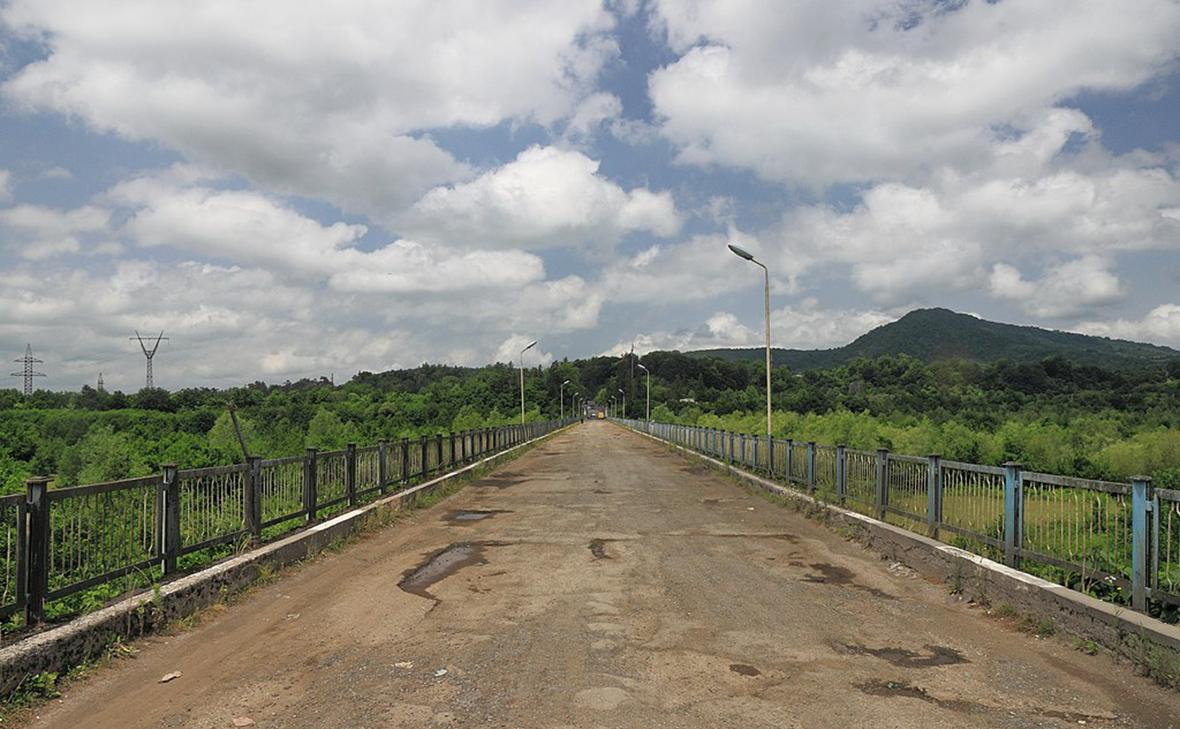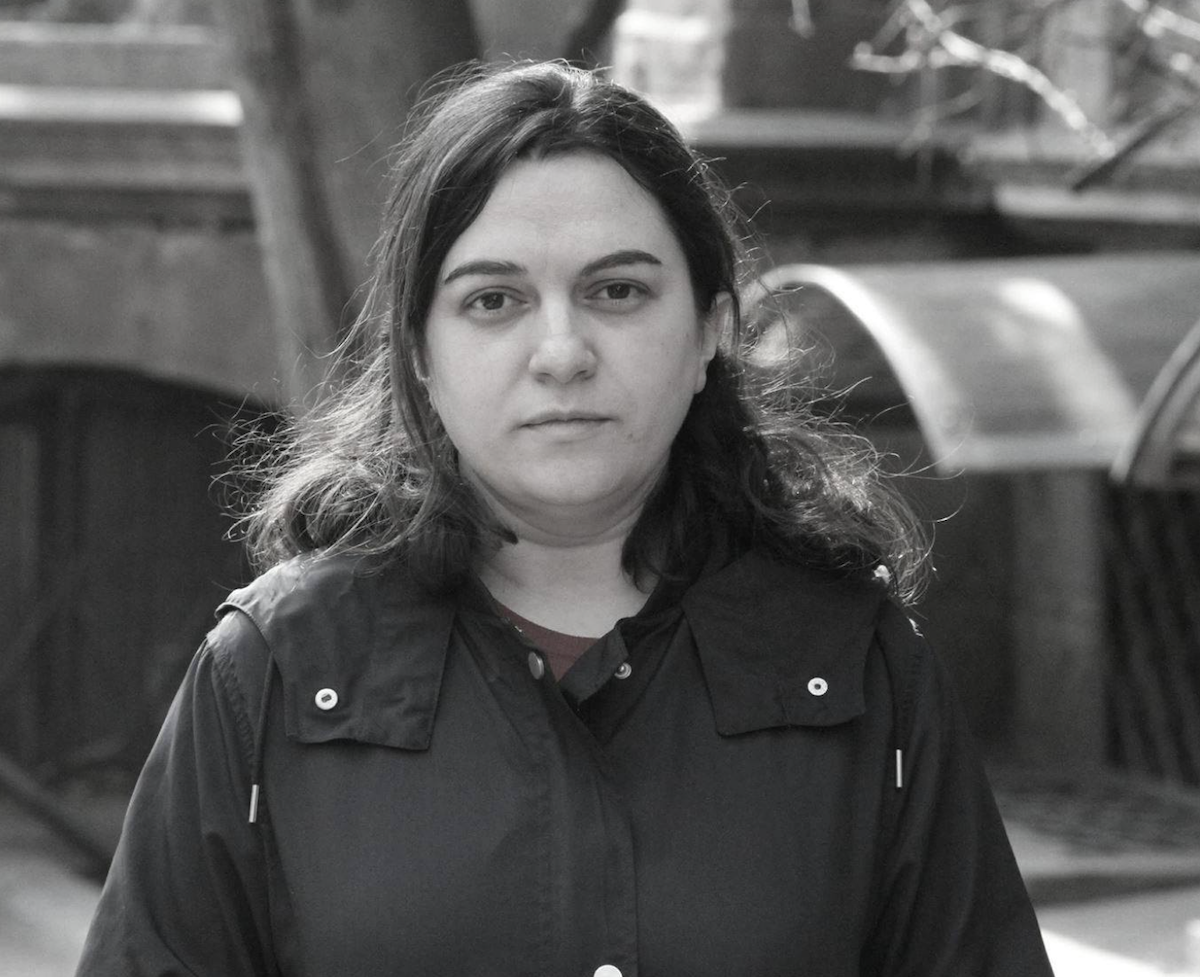Armenia aims to become tech hub of South Caucasus with new AI data factory
AI data factory in Armenia
Armenia is set to host its own artificial intelligence data factory, with the project valued at $500 million and scheduled to begin operations in 2026. This investment initiative is being jointly implemented by Firebird, the Armenian government, and NVIDIA.
“FirebirdCloudAI is Armenia’s largest and most important tech investment — the country’s ‘Stargate’. The idea was born when Jensen Huang [co-founder and CEO of NVIDIA] visited Yerevan in 2023. Today, it’s becoming reality. The AI factory, equipped with thousands of Blackwell GPUs, will spark innovation across Armenia,” Prime Minister Nikol Pashinyan wrote on X.
The launch of the project was announced the day before by Minister of High-Tech Industry Mkhitar Hayrapetyan, who said it would “radically transform the region’s technological landscape.”
While detailed information is still scarce, it is known that the infrastructure will have a capacity of over 100 megawatts.
According to cybersecurity expert Samvel Martirosyan, based on the projected power usage, this suggests a large-scale data centre. He said it’s “likely to be the largest such centre in the South Caucasus.” If the project succeeds, he believes Armenia could become a significant player in the tech sector. But he emphasised the importance of building an ecosystem around the facility — finding ways to sell its services, attract talent, and support local startups that could benefit from its resources.
“If it’s simply installed like a statue or leased out to external clients as a cheap utility, Armenia will gain nothing. But if we become the primary users and developers, it could have a real impact,” Martirosyan told JAMnews.
Firebird.ai is a cloud-based AI company headquartered in San Francisco and Yerevan. It will launch the first and largest AI supercomputer in the Caucasus, powered by NVIDIA Blackwell GPUs. Firebird’s branches will provide stable, high-performance AI infrastructure for global markets, with a portion of revenues reinvested into developing Armenia’s local tech capacity.
- Generation AI: Armenia’s experimental education project
- TUMO: alternative education in Armenia – free yet advanced
- Armenians begin buying shares in foreign companies: What’s behind this trend?
“Armenia joins global AI movement”
According to Minister of High-Tech Industry Mkhitar Hayrapetyan, the region’s largest technological project will include:
- a $500 million investment initiative,
- deployment of thousands of NVIDIA Blackwell GPUs,
- the creation of infrastructure with over 100 megawatts of capacity.
“With this initiative, Armenia joins the global artificial intelligence movement not as an observer, but as a creator of new opportunities. A new platform is being formed, where local talent will be able to develop cutting-edge solutions aligned with global innovations. This is a strategic investment in our country’s long-term technological progress,” the minister wrote on his Facebook page.
Hayrapetyan stressed that the AI factory will serve as a hub for innovation, education, science and entrepreneurship — driving the growth of both local and international startups. It will also help bridge science and technology, positioning Armenia as a “regional tech hub.”
Armenia ready to supply 100 megawatts of power for AI project
Prime Minister Nikol Pashinyan has confirmed that Armenia is prepared to supply up to 100 megawatts of electricity for the joint AI project with Firebird and NVIDIA:
“We are confident in our ability to provide the required power capacity. These calculations were built into the project from the very beginning.”
Participation format still under discussion
Minister of High-Tech Industry Mkhitar Hayrapetyan shared further details of the initiative:
“First and foremost, Firebird must acquire next-generation NVIDIA GPUs equipped with the most advanced chips. This will enable the delivery of AI computing cloud services to both Armenia’s economy and tech companies worldwide focused on innovation.”
Under the project’s concept, this computing power will be accessible via cloud services and sold to companies around the world.
According to the minister, several major companies have already expressed interest in the AI factory’s cloud services. This confirms the project’s feasibility and potential impact.
The Armenian government also plans to allocate part of the factory’s resources for local startups, AI specialists, and researchers.
Hayrapetyan emphasised that the project’s launch is already a reality, but Armenia’s exact role is still being negotiated:
“We haven’t made a final decision on our format of participation. Discussions are ongoing — whether this will involve providing land, offering electricity on favourable terms, or integrating the facility into a specific sector of our economy.”
Expert commentary
Cybersecurity expert Samvel Martirosyan explained to JAMnews what the AI data factory in Armenia will involve. He noted that when we ask a question to an AI system — like ChatGPT — and receive a reply, several components are at work:
- the software itself, which was developed beforehand,
- the database — the information it was trained on to perform effectively,
- and the core infrastructure and hardware that ensure fast data processing.
Martirosyan stressed that both scientific and software development, as well as technical infrastructure, are crucial for the advancement of artificial intelligence:
“When you ask a question and the AI responds, it’s these cloud data centres that are doing the work. This is the technical backbone of AI — without it, nothing would function properly, or it would work slowly and inefficiently.”
He emphasised that running these cloud data centres involves significant ongoing costs, the largest of which is electricity.
Martirosyan believes that providing land would be the simplest contribution for the Armenian government, but he expects more active involvement — such as offering discounted electricity rates.
“If Armenia offers favourable conditions to investors, it will help expand the current project. And that could attract interest from other tech investors,” he said.
As an example, he cited neighbouring Georgia’s experience: at one point, Tbilisi introduced a special electricity tariff for cryptocurrency mining companies, which attracted numerous investors.
In Martirosyan’s view, the project will have a positive impact on Armenia’s economy. At the very least, it will create jobs and generate tax revenue. Additionally, it could help retain local tech talent and attract specialists from abroad.
“Artificial intelligence is still a relatively new field. Small countries still have a chance to join the game. But if we lose a few years, the major players will pull everything to their side — and we’ll be left as mere consumers,” Martirosyan concluded.




















